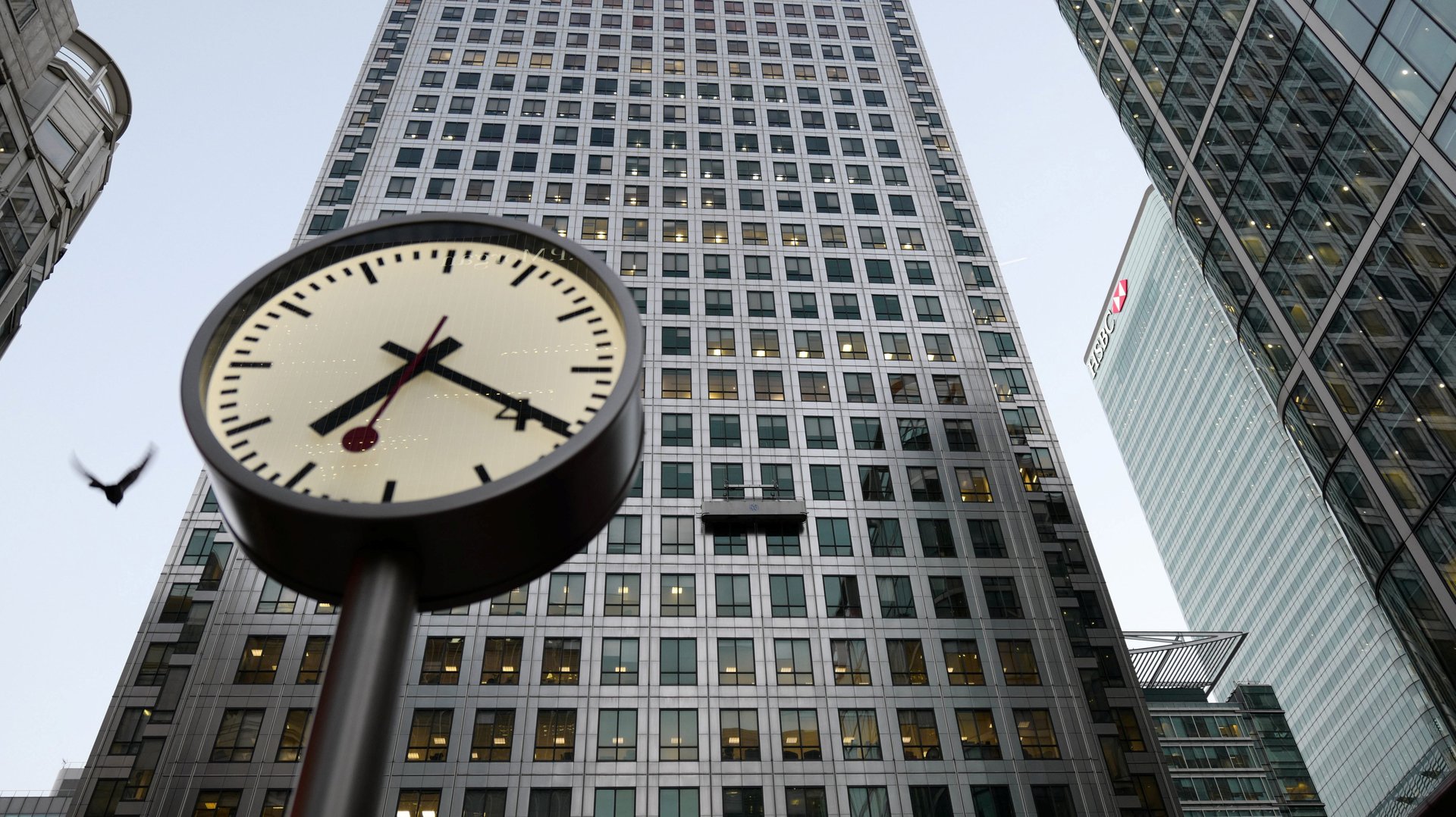The best time of day to get things done, according to data
If it’s true that we live in a workaholic culture, a new set of data would suggest that Mondays—the most consistently derided of days— are when we’re secretly happiest.


If it’s true that we live in a workaholic culture, a new set of data would suggest that Mondays—the most consistently derided of days— are when we’re secretly happiest.
We reach our peak buzz of productivity on Monday mornings at 11 am, to be exact, and get the most done in October, compared to other months. That’s according to two years of data, from hundreds of thousands of employees, analyzed by Redbooth, a maker of workflow management software, and Priceonomics, a data-focused marketing studio.
Interestingly, charting typical productivity levels throughout the day—measured as the percentage of tasks completed in a given hour—does not produce a perfect bell curve.
Teams generally start getting things done at around 7 am, when about 2.5% of tasks are knocked off. By 9 am, that figure has stretched to 8%, and by 11 am, it maxes out at 9.7%. Then, following the post-lunch return to an 8% level, productivity plateaus, coasting along until 4 pm, when it drops of the proverbial cliff.
That 9 am-to-11 am window is also the best time to hold a meeting if you’re looking for peak wakefulness, according to June Pilcher, a psychologist at Clemson University. As she previously explained to Quartz, booking meetings too early interferes with our Circadian rhythms, the internal clock that regulates our sleep in 24-hour cycles. These rhythms keep us a little dopey just after waking up, and make us drowsy before bedtime.
And although we’re relatively awake in the afternoon, most of us are more easily distracted between noon and 4 pm than we are in the morning, psychologists at Pennsylvania State University have determined (paywall). It may be unfair, however, to suggest that post-lunch, employees “gradually deteriorate into a potpourri of Reddit posts and cat videos,” as Priceonomics writes in its coverage of this data (although maybe not that unfair given just how much video is being streamed by office workers these days).
So what’s the point of anyone working through the afternoon hours? Researchers have proposed that fatigued minds are also the most open, and therefore best suited for making unexpected connections, to think creatively in what they call this “non-optimal” portion of the day.
Perhaps that expansiveness is also the happy outcome of feeling the clock’s influence easing as quitting time approaches and time once again becomes our own. (Indeed, scholars have found that a “clock time” mentality, which prioritizes the hour on the clock over the natural time it takes to complete an event, is usually not conducive to creative pursuits.)
Finally, Redbooth’s data on productivity by season points to a distinct pattern in when tasks are finished. The summer and winter months were found to be less productive than spring and autumn, which tracks closely with fiscal- and calendar-year ends, when teams and entire companies are hustling to hit deadlines and deliverables.
Parkinson’s law, the theory that work expands into the amount of time allotted for it, strikes again.